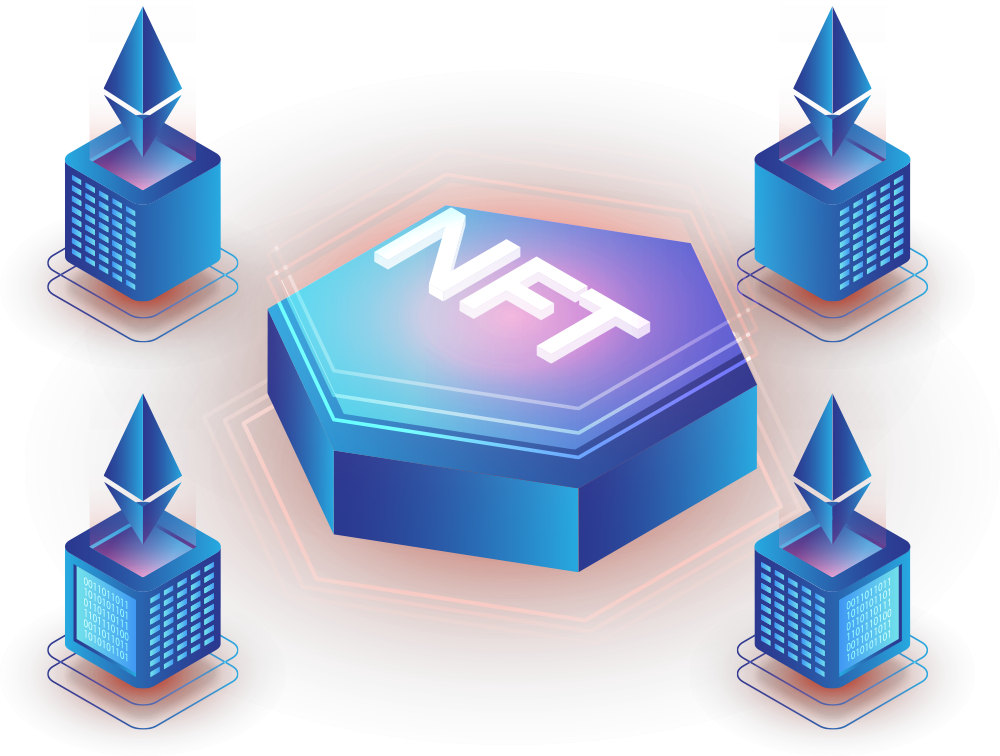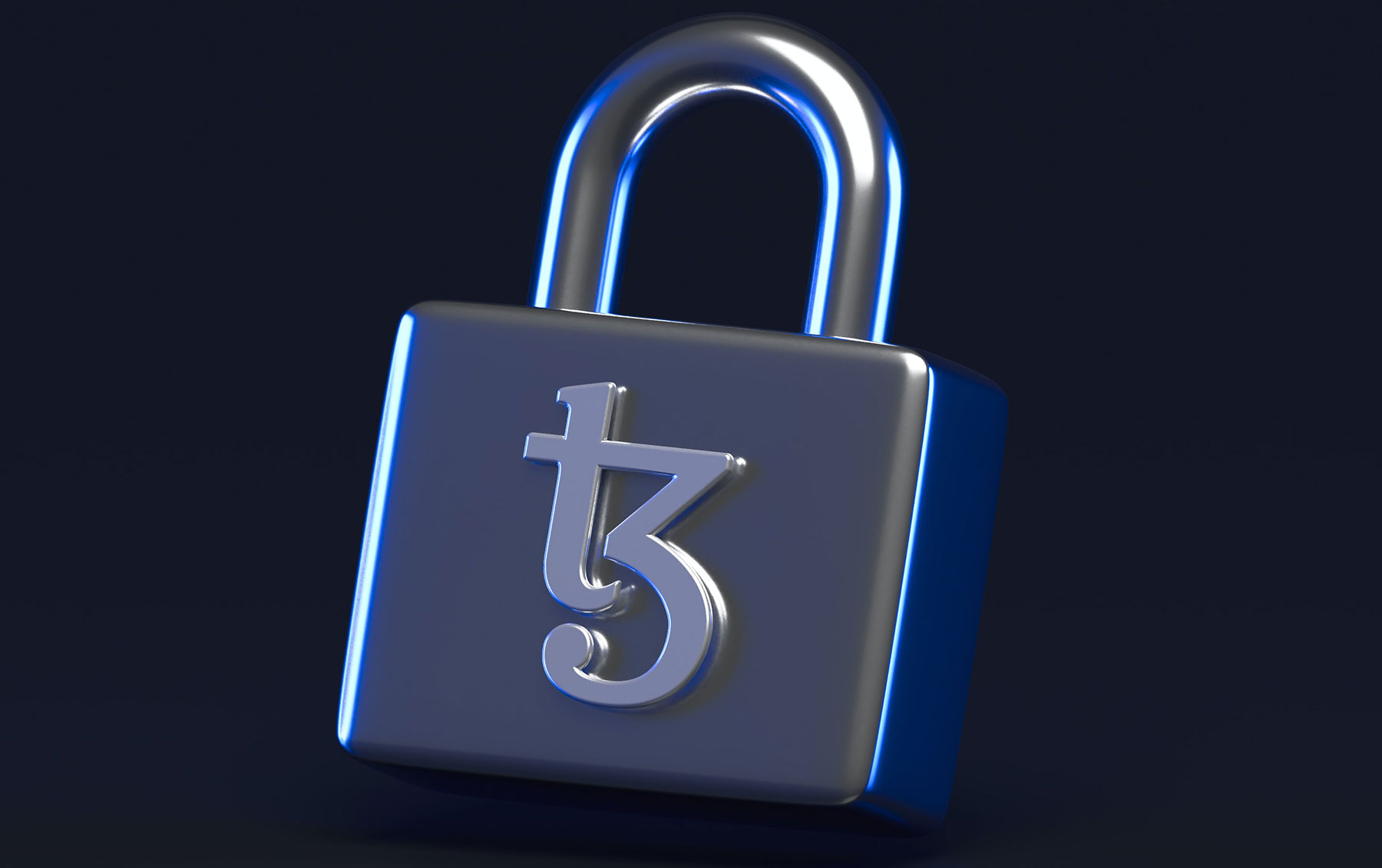Everyone has seen the NFT news reports. The creator of Twitter, Jack Dorsey, sold a signed tweet as an NFT for more than $3 million. A JPG of the well-known work “every day” by Beeple sold for $69 million at an NFT auction. What precisely is going on right now?
An NFT is comparable to owning a unique work of art that was purchased at an auction. This implies that, just like with a physical piece of art, the buyer acknowledges the legal ownership of the digital work. However, they won’t be the owners of the copyright. Like anything else, things online could get a bit foggy.
What is an NFT?
An NFT token, for instance, is one that cannot be exchanged for another token.
Bitcoin and the dollar are both fungible tokens. Because they are both fungible, each bitcoin and each dollar are worth the same. It wouldn’t matter if someone exchanged your dollars for his. Each would cost precisely one dollar.
Every item is distinct if it is non-fungible. Artwork that is original is unique and non-transferable. Since dollars are interchangeable, it cannot be traded for another work of art.
How do NFTs work?
The majority of NFTs are a component of the Ethereum ledger. Digital money exists in the form of bitcoin, dogecoin, and Ethereum. NFTs are supported by the Ethereum and ETH blockchains. NFTs are starting to appear on a variety of different blockchains.
Both a signature and a proof of sale are included in the NFT code.
What makes you think that is? The NFT cannot be copied, duplicated, or imitated as long as it is a part of the artwork. Digital art’s singularity is making it more and more collectible, which has led to the present market boom.
NFTs and Art
A digital certificate called an NFT attests to the buyer’s ownership of the piece of art.
Because NFTs demonstrate that a certain person is the rightful owner of a digital item, proving ownership is made considerably easier. As a result, buying and selling digital art is simpler.
Due to the popularity of NFTs like Beeple, which sell individual digital assets for record prices, the market for digital art is steadily expanding. However, not only emerging artists are becoming engaged, but also significant enterprises and organizations. For instance, NFTs may be used to purchase licensed digital collections from the NBA.
Copyright law and art
The artwork is not covered by copyright because it is not a physical object or digital file. The sentence was misconstrued.
A work of art is always the property of a US artist (work for hire is a separate story). When a piece of art is created, copyright is acquired. Recordings, oil paintings, and digital art are all acceptable forms of art.
There are several “rights” to take into account while discussing copyright. Here are the following among the things they have to offer:
- Control over the creation of similar copies of the original work.
- Control over the copyright’s licensing, transfer, or sale.
- The producers of derivatives have a right to know who can create them (new works based on the original).
The copyright to the work does not change hands when a physical work of art, like an original painting, is bought. They remain the property of the artist or whoever purchased them (like an estate).
You are allowed to exhibit, sell, and lend tangible property that you own, but not to copy it. It would be difficult to even attempt to sell prints. The owner of the copyright retains ownership of the ability to do so.
Even if you were successful, meeting with the original owner face-to-face would still be necessary to get those rights.
Making NFTs subject to copyright
Digital and traditional, non-digital art are completely interchangeable. The same restrictions on copyright and property rights should also be applicable here. However, the unregulated nature of NFTs creates a confusing situation.
Because of this, artists have been concerned about copyright infringement since long before NFTs (look at the point of digital piracy in the film, music, and ebook industry).
Your digital art NFT will almost usually be purchased via an auction house or an online storefront akin to eBay. Auction sites like eBay make it possible to sell a single oil painting or statue by bringing sellers and buyers together.
Conclusion
Knowing your legal rights is important whether you’re a collector, an investor, or an artist.
Make sure that the conditions of sale for your NFT only include the rights you want to transfer if you are the inventor. Make sure you properly read the contract if you’re a buyer so you know what you’re getting into.



